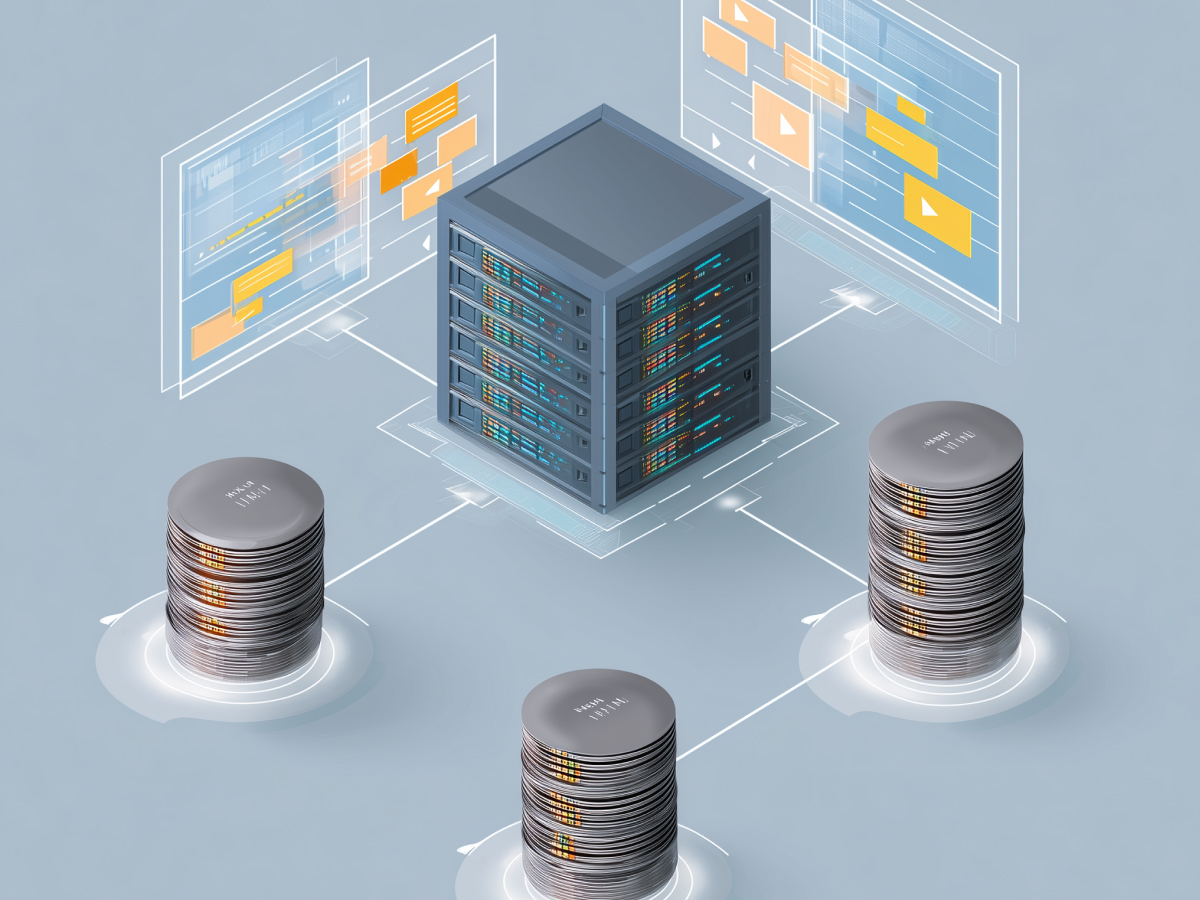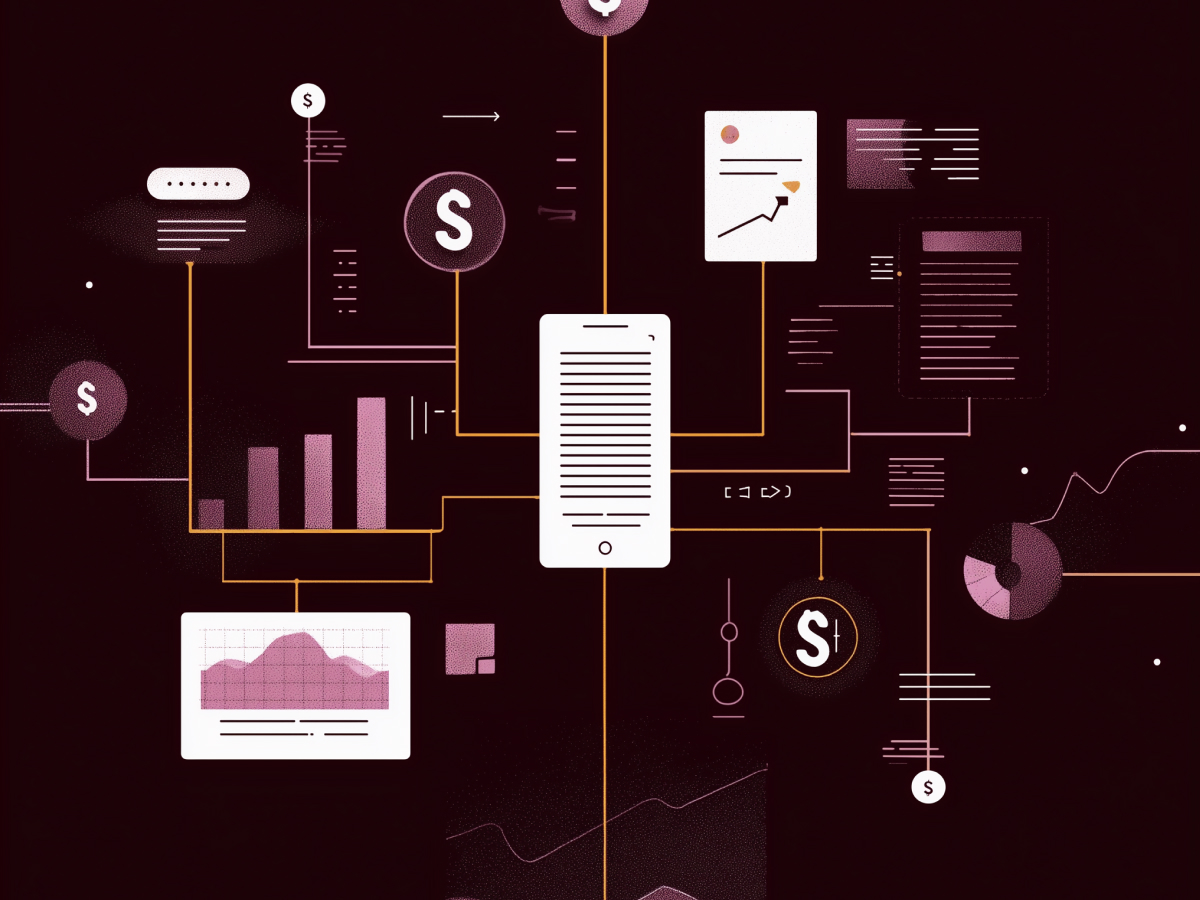AI integration is a structural decision
AI integration rewires how your organization handles information, makes decisions, and responds to change. Once the business case is clear, the real job begins: embedding AI into your existing tech landscape. This isn’t a plug-and-play solution. It’s a structural process that demands active coordination between your AI systems, your current apps, your data sources, and the workflows that connect it all.
The challenge here isn’t whether your company needs AI. It probably does. The challenge is fitting it into your architecture without bottlenecks, breakdowns, or slippages in performance. Most of the heavy lifting will fall on your technical teams, but they won’t do it in isolation. As a C-suite executive, you need to be close enough to the implementation that you can move fast, ask smart questions, and keep implementation aligned with strategic goals.
You don’t need to become a software engineer. But you should understand what’s involved. AI works when it’s native to the system, not when it’s bolted on. That’s the bar. Getting there requires a clear view of the operational impact and the boundaries of your current infrastructure.
AI models are the core, nothing works without them
Every AI system runs on a model, a framework trained on data that helps machines recognize patterns and produce results. Think of this as the logic brain that powers everything else. If the model is off or weak, even well-integrated systems won’t perform.
Most companies will start with prebuilt models from vendors. These are solid and save time. But for long-term gains and customization, building your own model, using open-source frameworks like TensorFlow, PyTorch, or Keras, gives you more control. That requires a data science team with real AI experience. If you don’t have that in-house, get it. You’ll need the depth, not just surface-level knowledge.
Here’s what those frameworks do: they let you define how data should be organized (dataflow), how algorithms should respond to that data, and how learning loops evolve as more data flows through the system. The goal? A system that keeps getting smarter without you having to rebuild it every quarter.
These models also need to match the infrastructure they live in. That’s why CIOs and IT leaders need to understand these tools, not because they’ll build the models themselves, but because they’re responsible for making sure everything hooks into the system properly. Without that alignment, your AI might stay stuck in test environments while your competitors move fast in production.
This stage makes or breaks performance over time. Ignore it, and you end up with AI that sounds exciting but doesn’t scale. Focus on it, and you increase the chances of AI delivering measurable results across your organization.
Infrastructure must be AI-ready
If you’re serious about integrating AI across your operations, stop thinking of it as just another software add-on. AI pushes demands deep into your infrastructure, from how you store and access data to how systems communicate with one another. This isn’t optional. If your infrastructure isn’t set up to handle the volume, velocity, and complexity of AI workloads, performance suffers.
Most AI models operate using open-source frameworks. That helps with flexibility and cost, but it still requires robust middleware to connect the dots. APIs like REST and GraphQL enable data movement between the AI system and other apps. You’ll also need to decide whether SQL or noSQL databases best serve your performance needs. Both are valid, the choice depends on your data structure and the kind of AI outcomes you’re targeting.
CIOs and technical leaders need to lead deployment planning, everything from selecting the right data stores to provisioning real-time infrastructure connectors and defining system interoperability. These trade-offs aren’t just technical. They hit your budget, your timelines, and your ability to scale in the future. So it’s important that leadership is in the room, not just overseeing from the outside.
Ultimately, the integration choices you make now define how fast and how far your AI can go. You’re not just supporting AI, you’re making it usable. And that requires well-planned infrastructure that doesn’t stall under pressure.
Clean, secure data is the foundation of AI performance
AI is only as strong as the data you feed it. If your inputs are messy, outdated, or insecure, your outputs will reflect that, only faster and at scale. Data quality is a strategic requirement. Your AI can’t learn, recommend, or automate confidently if it’s operating with compromised or inconsistent inputs.
Clean data means data that’s accurate, consistent, and properly formatted. That job typically gets done through ETL, extract, transform, load, processes, which prep the incoming data before it enters your core system. That’s step one. Step two is security. Data must be encrypted while it’s moving and validated at every checkpoint across your network or vendor pipeline.
This isn’t a one-time project. It’s an ongoing discipline. CIOs need to ensure systems are in place to vet third-party vendors, monitor data pipelines, and run regular audits for integrity and security. That includes coordination between database teams, security engineers, application managers, and network admins, and it needs to run across departments.
For leadership, the takeaway is simple: if you can’t trust your data, you can’t trust your AI. Budgeting for data quality and security isn’t overhead, it’s long-term risk mitigation. Systems built on reliable data deliver better decisions, reduce false positives, and help you move with precision rather than guesswork.
AI security requires more than standard protection
AI systems introduce new security requirements that go beyond typical enterprise cybersecurity. You’re not just protecting data at rest or in transit, you’re securing algorithmic behavior, user access patterns, and data integrity at a much deeper level. This means more layers, more control, and more system-wide coordination.
Start with data access and user visibility. On-premise environments generally use IAM (Identity Access Management) to define who can access what, when, and how. When part of your system runs in the cloud, IAM alone falls short. You’ll need CIEM (Cloud Infrastructure Entitlement Management) to gain granular insight into user activity in cloud environments. Beyond that, IGA (Identity Governance and Administration) tools provide governance across both cloud and on-prem platforms, bringing consistency and accountability.
Then there’s the issue unique to AI: data poisoning. Malicious data can be injected into your system to influence model training and corrupt outcomes, causing your AI to produce flawed decisions. This is not hypothetical. It’s happening. You’ll need to put in place validation and sanitization tools that can detect anomalies in incoming data before they reach your models. These tools might slow down data ingestion slightly, but the trade-off is worth it to avoid corrupted learning.
CIOs and security heads must work tightly across teams. You need shared visibility, clear escalation paths, and constantly updated threat models. Waiting until post-deployment to lock down AI is backwards. Security must be part of the architecture from the beginning.
CIOs must operate at every layer for AI to succeed
AI integration demands leadership at all levels, not just high-level strategy, not just hands-on implementation, but both. CIOs need to understand enough detail to guide infrastructure and data decisions, while also aligning efforts with broader business goals. This isn’t delegation territory. It’s active involvement.
Even in organizations with dedicated data science teams, the reality is everything loops back around to IT. Model deployment, infrastructure alignment, secure data flow, system integration, all of it sits within or across IT’s responsibility. If the CIO isn’t embedded in those conversations, translation gaps grow, and momentum stalls.
Executives across the C-suite are expecting results from AI, faster decisions, smarter automation, and measurable efficiency gains. But that only happens when technology execution matches business intent. The CIO is critical in keeping those aligned. That means participating in vendor discussions, budgeting exercises, integration roadmaps, and performance evaluations, not just reviewing them once complete.
AI isn’t a one-year project. It’s a foundational capability. The companies that move fastest, and stay fastest, are the ones with CIOs who know what’s happening under the hood and are confident stepping into the technical, operational, and strategic rooms without hesitation. That’s leadership. And it’s required.
Key takeaways for leaders
- AI is a structural integration: Leaders should treat AI adoption as a core infrastructure shift, requiring alignment between workflows, applications, and IT systems to ensure long-term functionality and scalability.
- AI runs on models that require strategic decisions: CIOs must understand both vendor-provided and custom AI model options, ensuring the right framework is selected and properly integrated with enterprise data and infrastructure.
- Infrastructure readiness determines AI performance: Success depends on retooling data storage, deploying middleware, and integrating APIs that can handle AI workloads. CIOs should lead cost-benefit evaluations around these infrastructure choices.
- Data quality is foundational to reliable AI: Actionable and secure AI outcomes start with clean, validated, and encrypted data. Leaders must enforce rigorous ETL processes and third-party data governance standards.
- AI security needs layered and specialized controls: CIOs must go beyond traditional security by implementing IAM, CIEM, and IGA protocols, and prepare defenses against AI-specific threats like data poisoning through strong validation systems.
- CIOs must operate at technical and strategic levels: To maximize ROI from AI, CIOs need to engage in hands-on decision-making across infrastructure, security, and integration, bridging the gap between business goals and technical execution.





